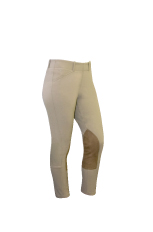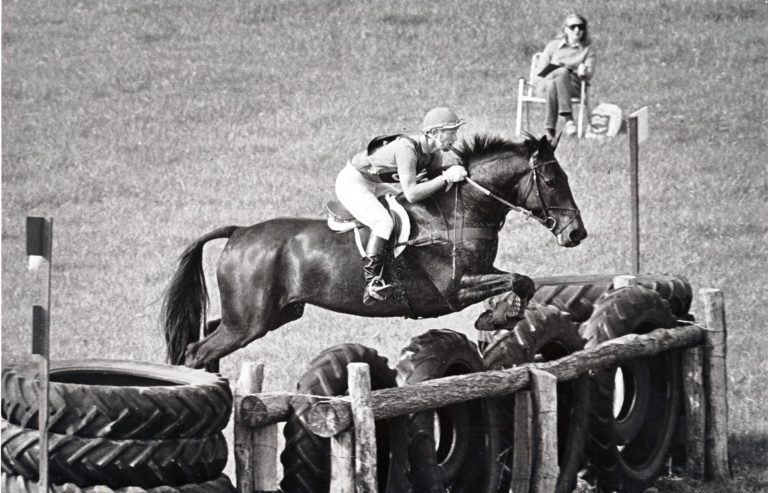Breeches with real leather knee patches or full seats are an expensive investment, so you’ll want to take the time to care for them properly to prolong their usefulness. Here are some laundering tips from www.shoclothes.com to help you keep them looking good.

1. Always turn your breeches inside out prior to washing. This helps prevent fading.
2. Machine- or hand-wash in cold water using a mild detergent specially designed for the care of soft leather. Do not dry clean.
3. The first time you wash your breeches, add 1 teaspoon of white vinegar to the wash cycle. This will help set the dye in the leather.
4. After washing, promptly remove the breeches from the washing machine. This reduces the risk of the leather bleeding onto the fabric and is especially important for dark leather.
5. Roll the clean breeches in a towel to remove excess water. This will decrease drying time, which helps keep the leather from drying out or getting hard.
6. Allow the breeches to air-dry, and do not expose them to full sunlight or direct heat. Do not tumble dry or iron.
7. If the leather in your breeches has hardened, use a leather conditioner for use on washable leather apparel.
8. Spray Scotchgard? on your white show breeches (excluding the seat) before wearing. This will help keep them clean longer. Use Castile soap for spot washing.
This article originally appeared in the March 2008 issue of Practical Horseman magazine.










